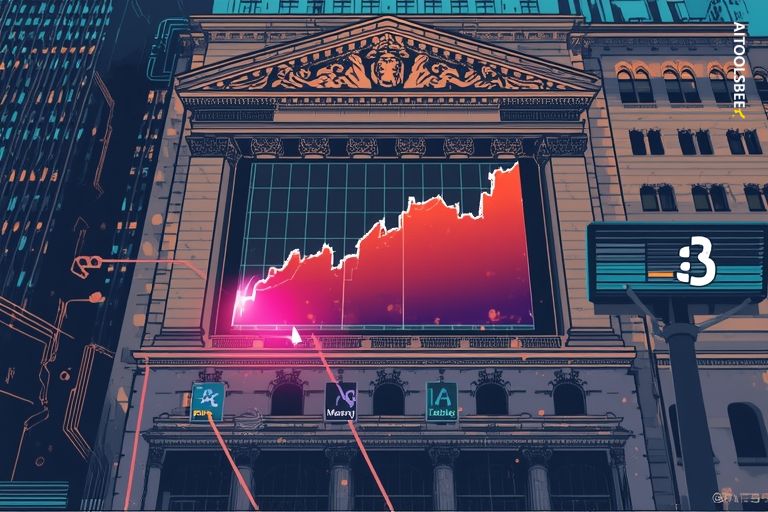
Figma 54 percent slide tests IPO hype as AI deal resets plan
Three months after its New York Stock Exchange debut, the design platform is confronting a 54 percent slide while racing to reshape its product around AI, a dual reality that now defines Figma stock. Shares trade at $48.73, far from the early surge that briefly pushed the company near a $68 billion valuation.
Listed under the ticker FIG on July 31 at $33 per share, the company opened with a $19.3 billion valuation before the price spiked to $142.92 in early trading, a run-up driven by demand that Bloomberg reported reached 40 times oversubscription. That early momentum turned Figma stock into a case study in how thin floats and exuberance can stretch price discovery in newly public companies.
Behind the volatility lies a contest with Adobe in interactive product design delivered as SaaS, where customers include marketing teams, social media managers, brand builders, graphic designers and education providers. Adobe’s attempt to buy the company for $20 billion in 2022 ended in late 2023 under regulatory scrutiny, leaving a $1 billion reverse termination fee that strengthened the balance sheet. The service’s collaborative model lets multiple users edit the same canvas with Google Doc-like visibility and ties into Slack, Jira and Adobe XD while a freemium model expands the funnel. For many investors the long-term appeal of Figma stock hinges on whether that collaboration engine can achieve the ubiquity of a Google Workspace style platform.
The bigger competitive shock is emerging from Google’s direction, where Nano Banana, also called Gemini 2.5 Flash Image, arrived in late August with the ability to edit images through text prompts as readily as it can generate them. Earlier expectations favored granular controls common to professional suites, even with Adobe’s Firefly model in the mix, but a fast shift toward text-to-edit could push valuations to depend on how quickly teams retool around AI-native workflows. If those capabilities become more deeply integrated into Google products, the basic use cases that introduce users to design suites could narrow. That risk is a central input in how markets now weigh Figma stock.
The company’s counter move came on Thursday with the purchase of Weavy, an Israeli AI startup launched a year ago, for $200 million. Weavy stitches models such as Sora, Veo and Nano Banana to generate primitives that users can combine into finished outputs, including color grading, lighting adjustments and masking. Framed as an AI-agnostic layer inside a collaborative canvas, the approach allows new models to plug into familiar workflows while raising switching costs for teams. By leaning into this architecture, the company is trying to widen the moat that protects Figma stock.
The financial picture shows both capacity and expectation. Over the last 12 months the company generated $294.3 million in free cash flow and posted 41 percent year-over-year revenue growth to $249.6 million as of the second quarter, with projections for annual free cash flow to reach $367.5 million by 2029. Even so, discounted cash flow estimates are difficult at this stage and the trailing twelve-month price-to-earnings ratio of 261.06 looks rich against Adobe’s 21.10, a spread that challenges the present valuation attached to Figma stock.
Market performance reinforces that caution. During the past three months Adobe shares are down 5.5 percent while FIG has given up 54 percent, even as analyst views cluster around zero sells, eight holds and four buys with an average price target of $67.57, a $49 floor and an $85 ceiling. The stance implies watchful optimism that execution can close the gap between promise and price for Figma stock.
The wider context is a creative tools market converging with generative systems that blend production and editing, where models like Sora and Veo emphasize automated creation while Nano Banana spotlights text-guided control. Weavy’s focus on primitives points to a modular future in which different engines can be swapped or combined without breaking collaboration, a model that enterprises favor when adopting new capabilities. For global investors the $200 million deal signals that buying time through acquisition may rank above building from scratch during platform transitions, a dynamic that typically accelerates capital into product integrations. If that pattern holds, the next era of enterprise content will reward whoever turns model-agnostic building blocks into daily workflow, a shift that will decide the endurance of Figma stock.

Covers how technological progress is shaping new products and services, delivering clear insights into the fast-evolving AI tools industry.

